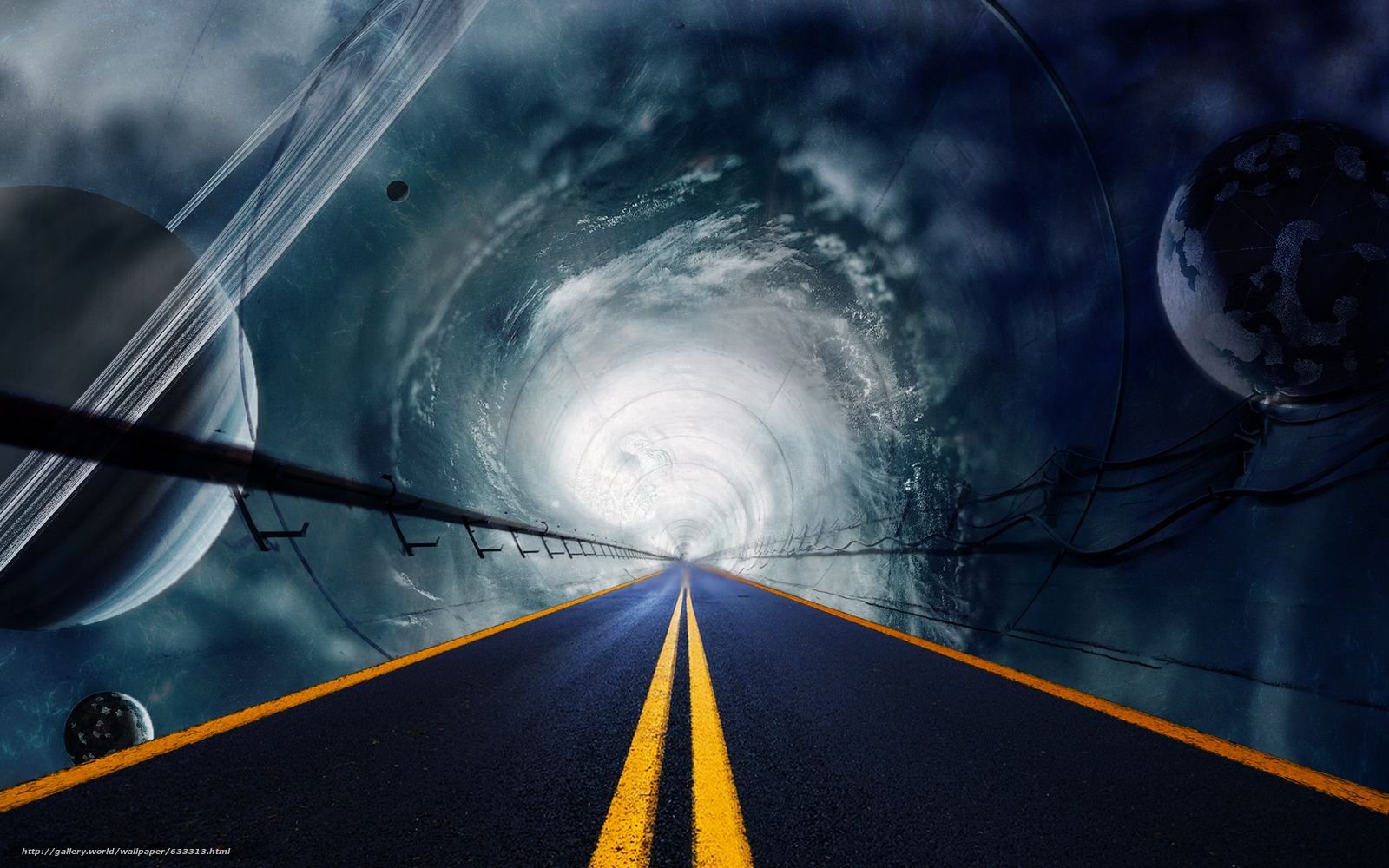
We know that we are negligible in the scale of the Universe, but can we truly comprehend its colossal dimensions? People invented new units of measurement, so our brain can easier perceive the obtained data. In fact these figures are just figures, under which are hidden even bigger figures.
Our mindset is far below the level of our technological development, so often we are not able to fully assess the extent of the known phenomena. For example: the vast distances in outer space.
To begin, I would like to tell how I got the idea to write this post and make simple but interesting calculations.

Recently my younger sister (10 years old) asked how long she would need to walk to the Moon. Since I enjoy space, I remember approximate distance to the closest objects (the distance to the moon is about 360000 km). Given the walking speed of 5 km/hour, I told that she would need 72000 hours.
She hasn't understood how long it is, and asked how many days it will take. I immediately decided to convert the days in the years, and we got 8 years!. This answer was clear for both of us.
The best way to understand the huge values is to translate them into more understandable and familiar data.
The second question from my sister was very logical: how long will it take a trip to the Moon by train? :)
***
It was after these questions I came up with the idea to calculate how fast we can reach different space objects, using modern means of transportation. I decided to use a train/car (120 km/h) and plane (950 km/h), and two satellites, which are the record holders in speed: Voyager 1 (62.000 km/h) and Helios-B (240.000 km/h).
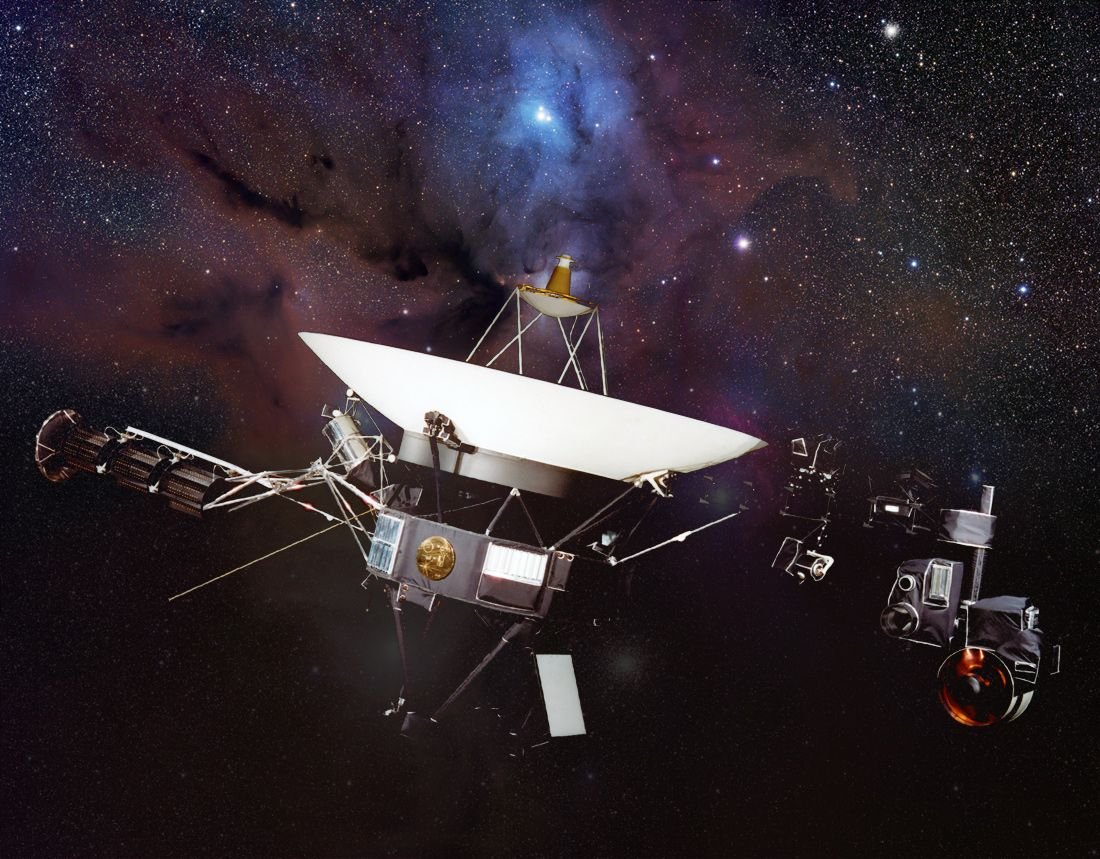
Why two?- Voyager achieved its speed by a gradual dispersal of its own engines. Helios was dispersed by the gravity of the sun.
The totals are impressive and upsetting at the same time. Something that seems almost attainable, thanks to images from satellites and telescopes, in fact so far from us that at some point it is impossible to understand… But it helps to realize the true dimensions of the space.
basic data: the speed of light- 300,000 km/sec. The speed of the Helios-240,000 km/h, the speed of the Voyager-62,000 km/h, the speed of the plane- 950 km/h, the speed of the train - 120 km/h. 1 light year= 9 460 730 472 580 km.
Let's ride!
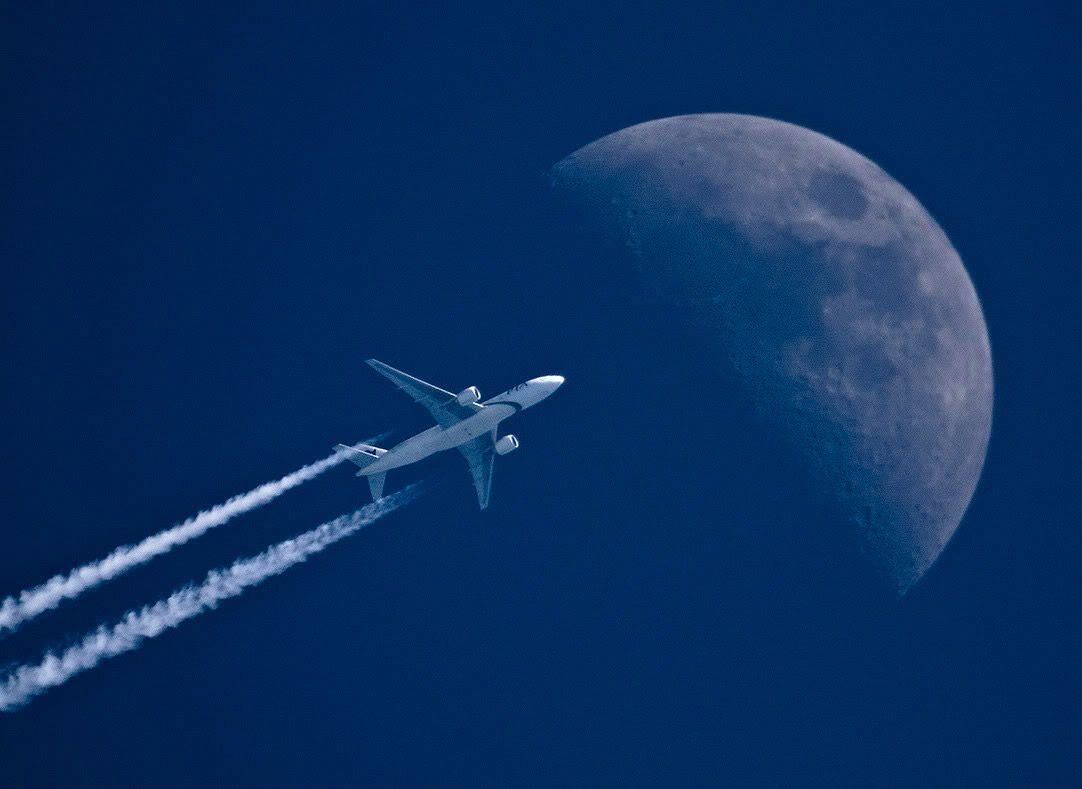
The Moon - is a kind of sandbox for humanity, back yard. We already were there, and today we look much further. In the future, this satellite of the earth may become an important reference point ( @sauravrungta wrote a great post on this topic).
But it's hard to say exactly when that future will be, so let's just imagine that between the moon and earth is already riding a modern train and planes.
| Carrier | Time |
|---|---|
| Train | 126 days |
| Plane | 15 days |
| Voyager | 5 hours and 40 minutes |
| Helios | 1.5 hours (it's like driving to work from suburbs) |
***
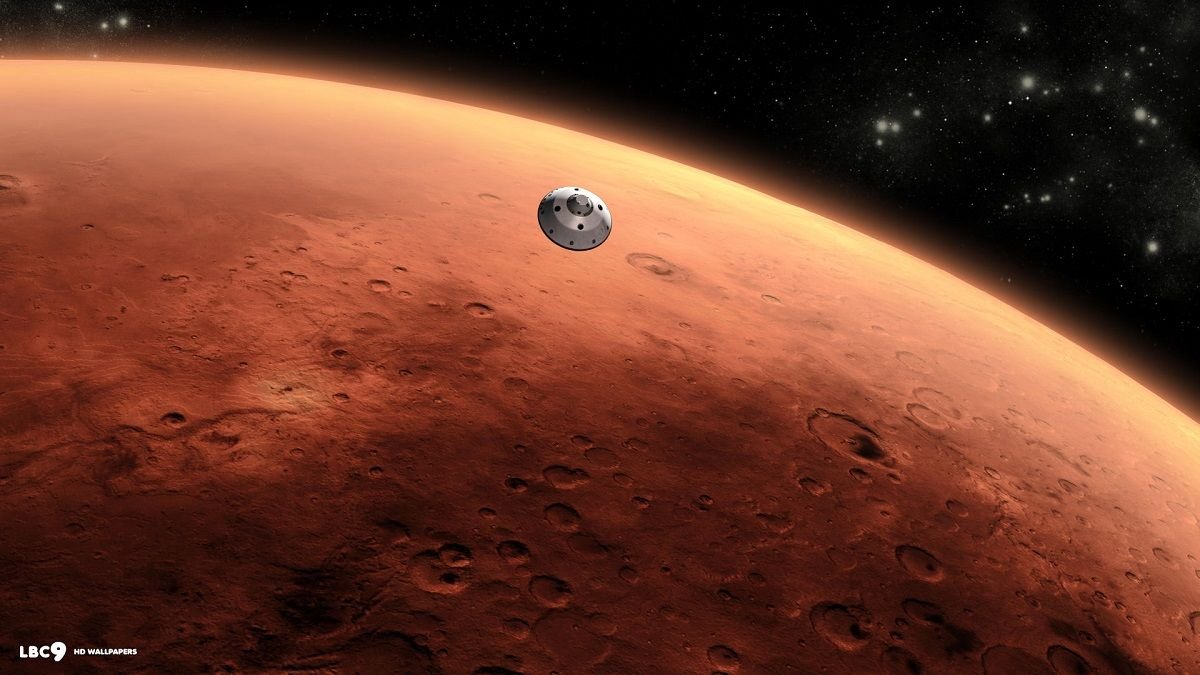
Mars is our main target in the coming decades. Thousands of volunteers dream to become the first "Martians" and build a new life here. Hundreds of scientists are developing technologies for a flight and colonization. The distance to Mars varies depending on the relative position of the two planets.
| Carrier | Time |
|---|---|
| Train | 40 years (the railroad is not suitable) |
| Plane | 5 years |
| Voyager | 1 month |
| Helios | 1 week |
Theoretically, modern speed give hope for a prompt response in case of accidents in the colony.
***

The Sun- This huge ball of burning gas with huge gravitational force holds the system with the length of 3 light years. It is interesting to try to get to the center of our system and to touch the source of life on our planet. On the other hand it is a source of enormous energy.
| Carrier | Time |
|---|---|
| Train | 142 years |
| Plane | 18 years (there is the opportunity to fly in one end even on a plane!) |
| Voyager | 3,5 month |
| Helios | 26 days |
Let me remind you that Helios reached its maximum speed (240,000 km/h) only near the sun, under the action of its gravity. The initial speed of the Helios was 40,000 km/h.
***
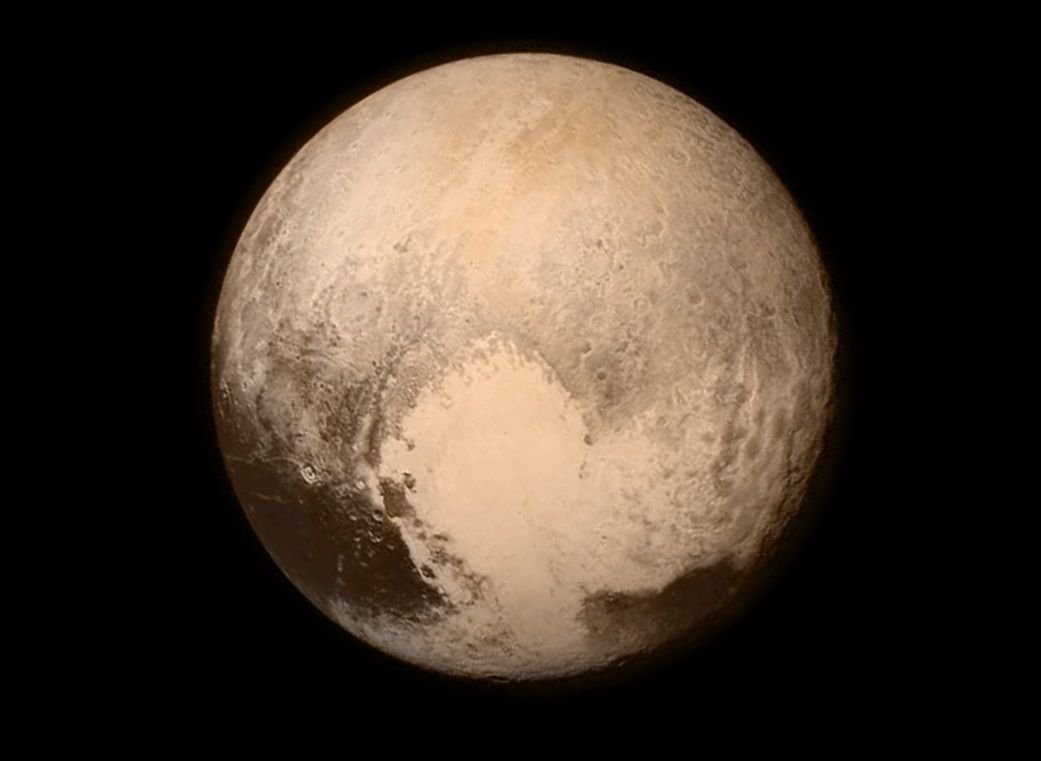
Pluto has lost the title of the ninth (last) planet in the solar system, later it was called the dwarf planet. But I personally believe that this cute kid is still the ninth planet, because he has such a big heart ;) Let's see how long it would take to get to the last planet in our solar system.
| Carrier | Time |
|---|---|
| Train | 5515 years (approximately 6,000 years ago, Egyptians first began to use copper for tools) |
| Plane | 696 years |
| Voyager | 10 years |
| Helios | 2 years and 9 months |
Kuiper belt is a 2 billion km farther to us than Pluto. So you can roughly estimate whether we use it in not far future for mining asteroids. You can read more about asteroid mining Here.
***
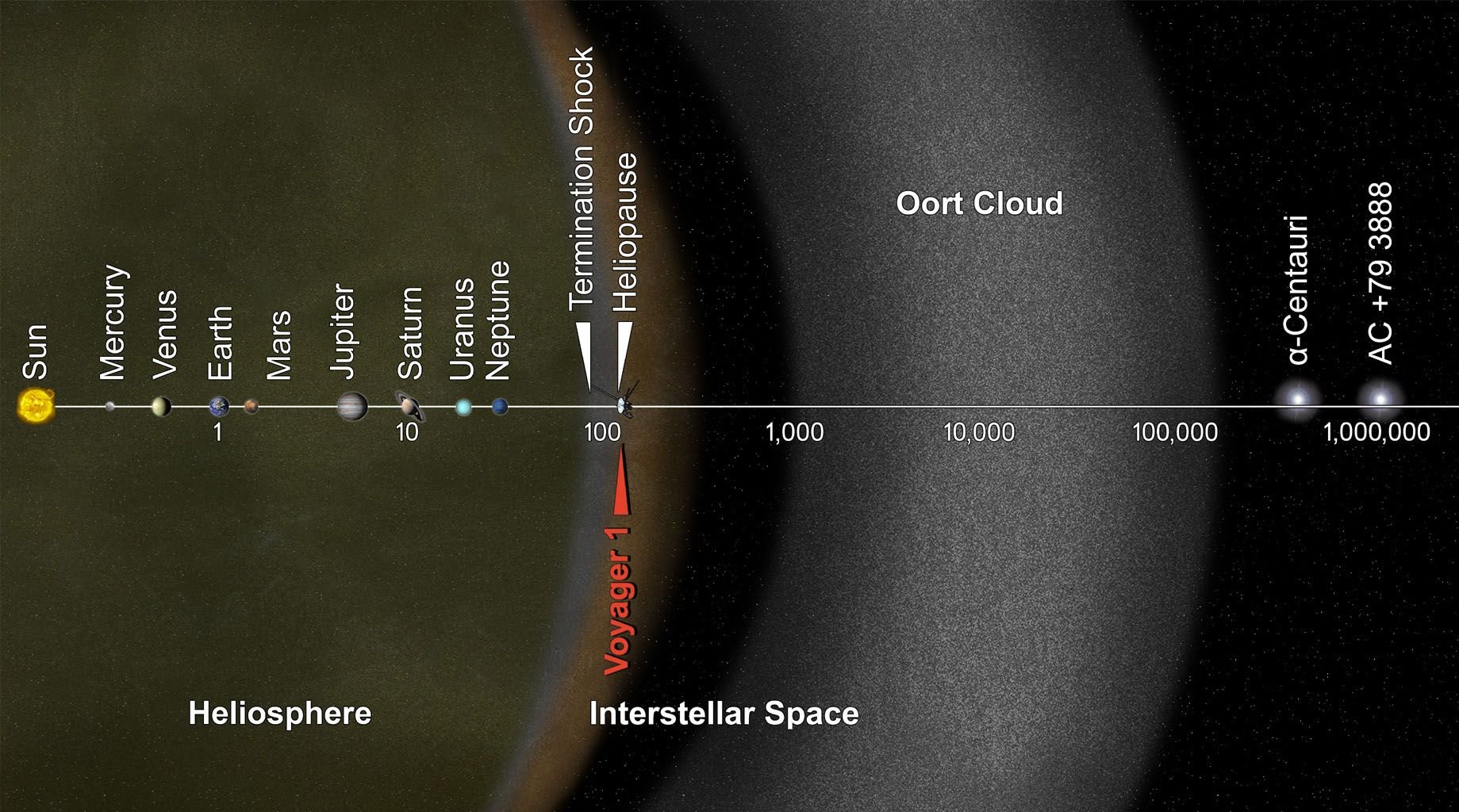
Border- Now let's try to get beyond our solar system. But where is its boundary? It is believed that Voyager is the first satellite that left the solar system- this is true partly… Voyager has escaped of the zone of influence of the solar wind.
The actual bound of our system is the Oort cloud- beyond it, the gravitational forces of our sun become weaker than the gravitational force of other stars. The force of attraction of the sun works in the radius of 1.5-2 light years. Voyager overcame only 1/1000 of this distance for 37 years.
I think is pointless to use a train and a plane, but let's look for the sake of curiosity:
| Carrier | Time |
|---|---|
| Train | 9 million years! |
| Plane | 1 million years |
| Voyager | 17,500 years |
| Helios | 4,500 years |
At this stage it becomes apparent that, with modern speeds we can only dream of interstellar flights.
***
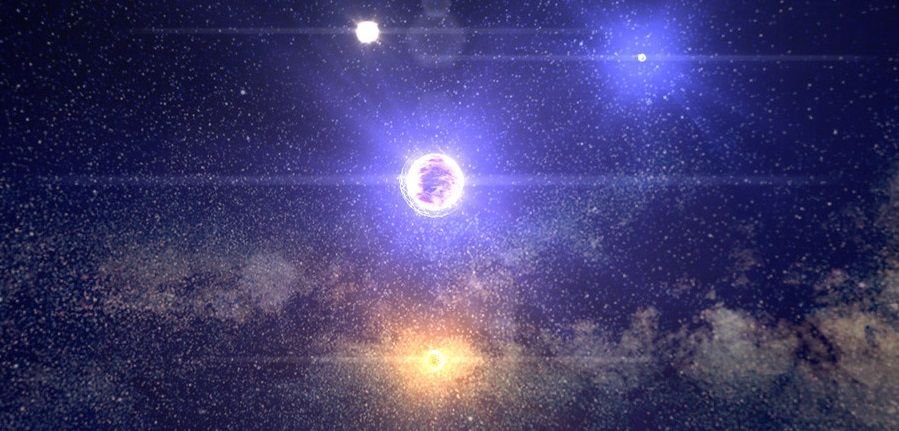
But, it would be wrong not to try to get to another system. The first system in which we should go is Alpha Centauri. Scientists believe that there may be planets on which exists life. The center of the system is a Double star, near which also exists a red dwarf.
| Carrier | Time |
|---|---|
| Train | 40 million years |
| Plane | 5 million years |
| Voyager | 75,800 years |
| Helios | 19,500 years |
Even with the help of Helios, the journey will take more time than the entire progress of human civilization.
***
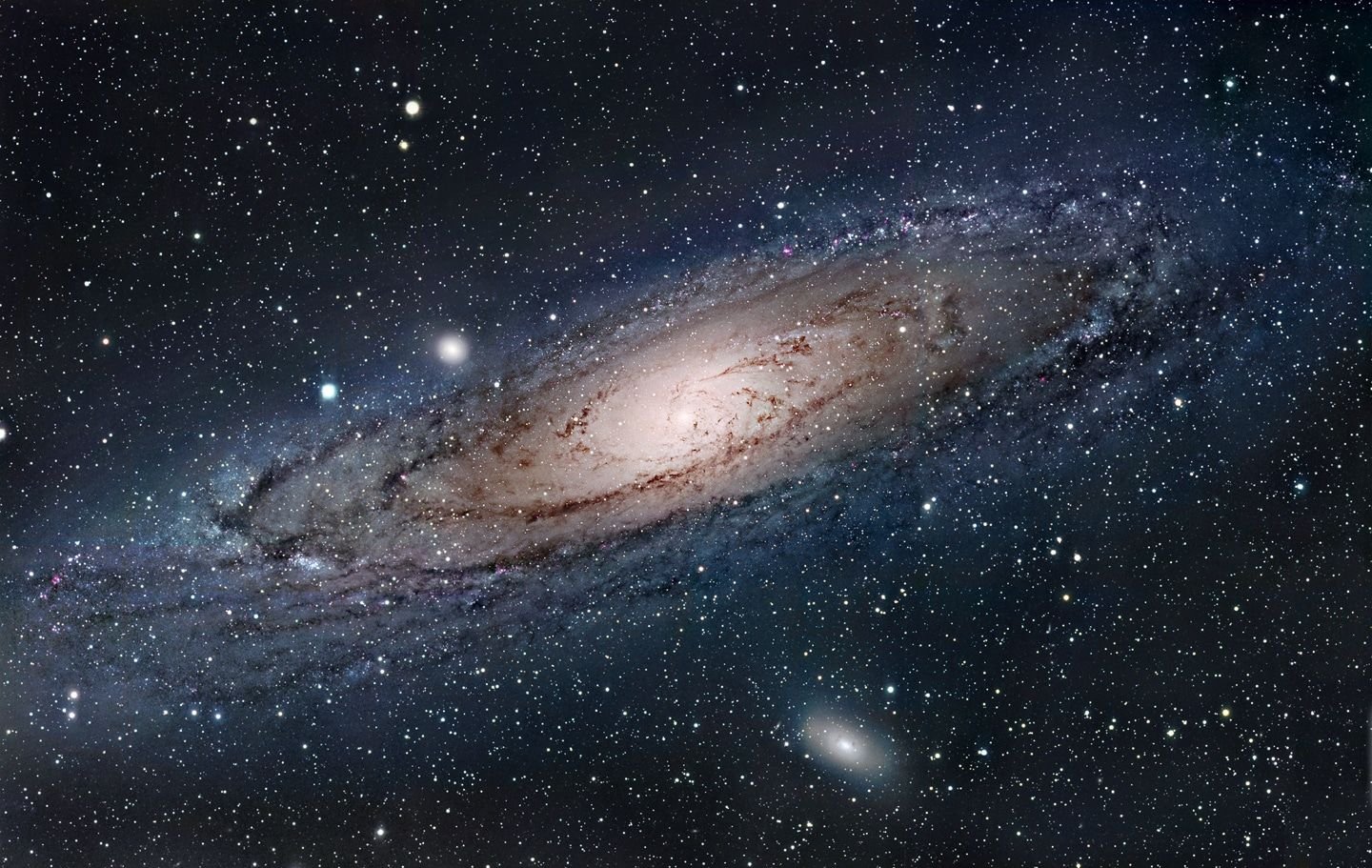
Since we decided to reach the next system, what about to get out of our galaxy? It is very difficult to determine where is exactly the border of our galaxy, so we will fly perpendicular to it. Because of thickness it is much less than in length. The thickness is 700-1000 light years.
I Immediately dismissed options with a train and plane, journey will take more time than the Universe exists.
| Carrier | Time |
|---|---|
| Voyager | 12 million years |
| Helios | 3.15 million years |
To get to the center of the galaxy - a place where stars are born and hidden mysteries of the universe (distance of 26,000 light years). Helios will need 117 million years!
***
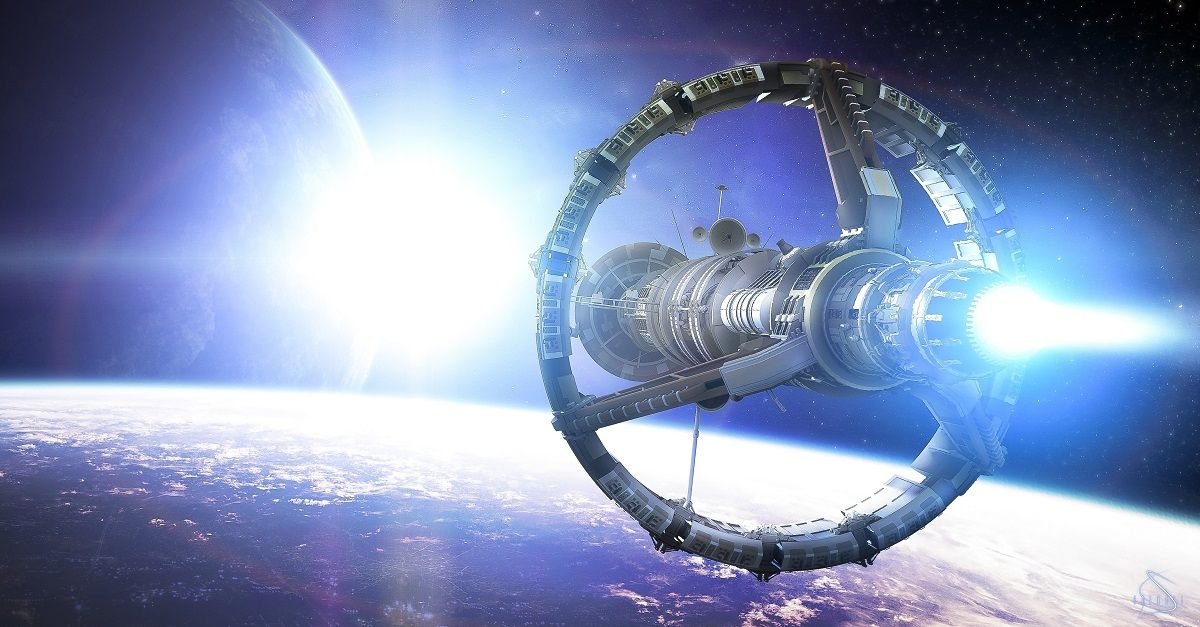
Of course constantly being developed more powerful engines. The most powerful - annihilation engine, theoretically able to accelerate to 70% of the speed of light. But the more realistic models can reach only 10% of the speed of light.
Let's see what opportunities will open before us at the speed of 30,000 km/sec (10% from light).
| Destination | Time |
|---|---|
| The Moon | literally 12 seconds (if the speed at the start will be the maximum) |
| Mars | about 20 minutes |
| The Sun | 1 hour 20 minutes |
| Pluto | 2 days |
| To escape from the solar system | 9 years |
| To get to Alpha Centauri | 43 years |
| To escape from our galaxy | 7000 years |
***
There is another not very good news: the Universe is constantly expanding, the distance between the systems and the galaxies is increasing.
According to the latest, expansion occurs at a speed of 74 km/sec for every 3.26 million light years! For example: every day Alpha Centauri is moving away from us at a distance of 23.000 km- 8.4 million kilometers per year. But it's not a problem if we reach at least 10% of the speed of light.
Today we can only look at distant stars through the lenses of telescopes, and we can’t reach them...
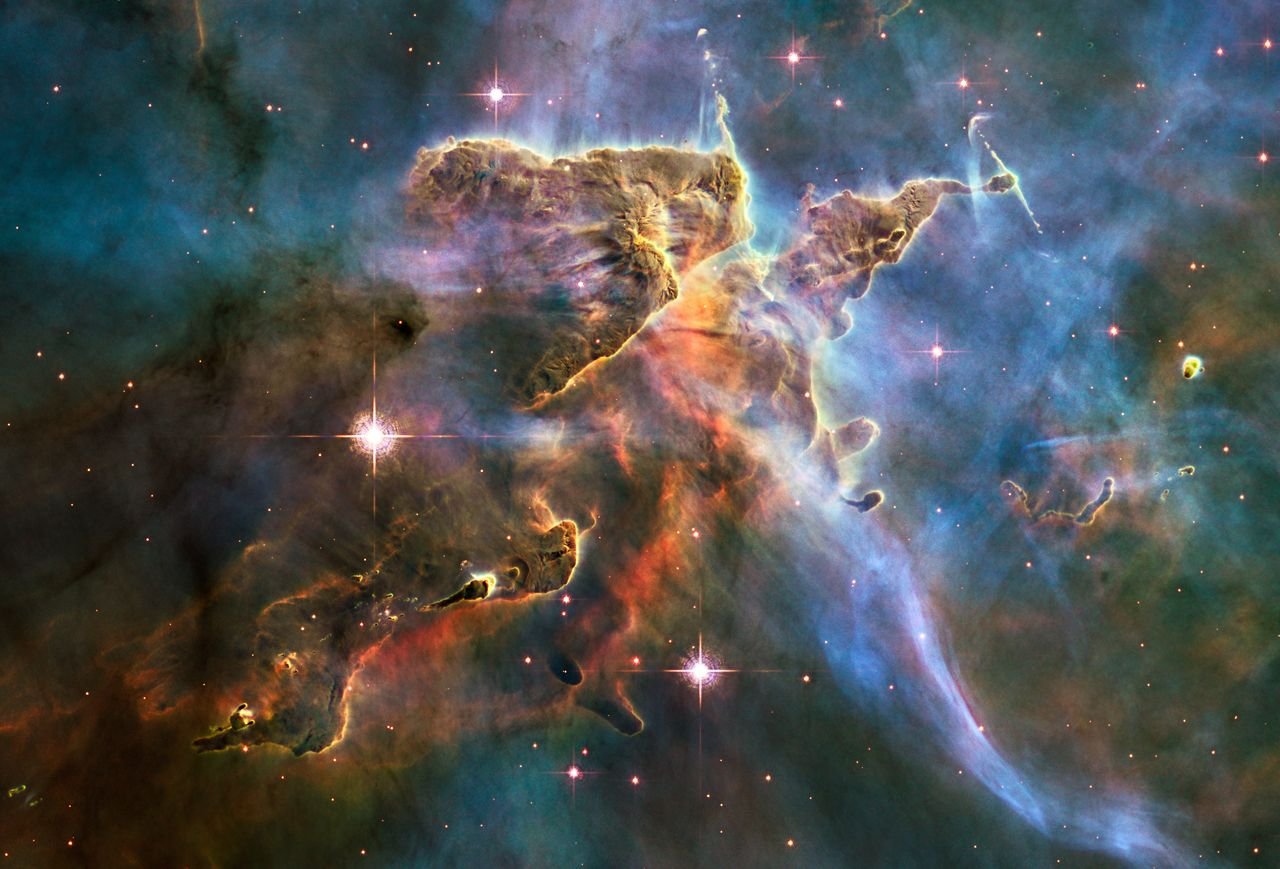
sources: Spacecraft Speed Records, Interstellar travel, Oort cloud, Nearest galaxies, Solar System, Voyager, Helios (spacecraft), Solar System in the Milky Way, The greatness of the Universe, Metric expansion of space, Kuiper belt, distances to all objects were taken from WiKi and other open sources, images from Google search, made all the calculations in Excel.


